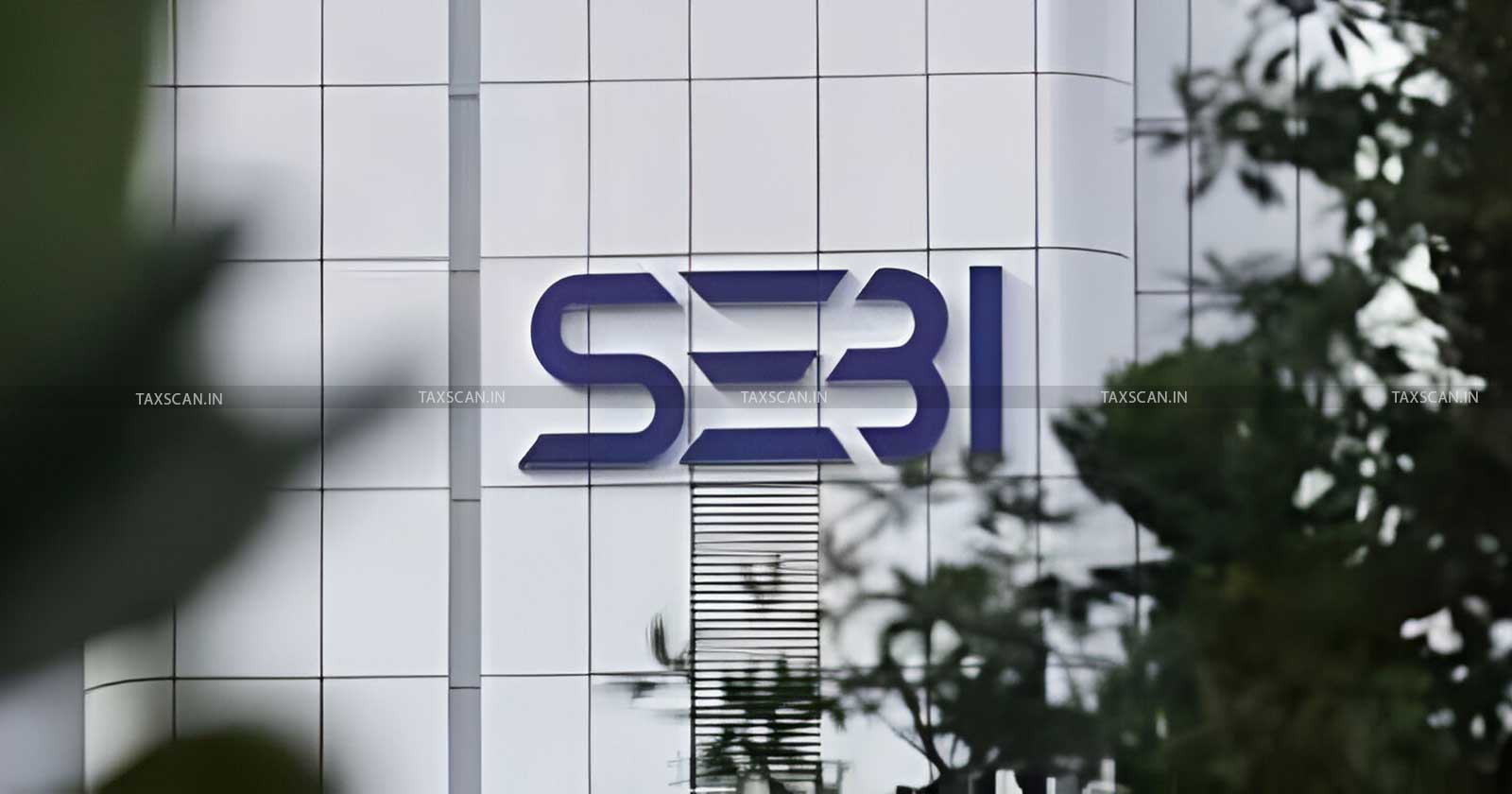SEBI Amends Drafting, Amending, and Reviewing Securities Regulations with Mandatory Public Consultation [Read Notification]
SEBI introduces a structured, transparent framework for drafting, amending, and reviewing securities regulations with mandatory public consultation

SEBI – SEBI Amends Drafting – Mandatory Public – taxscan
SEBI – SEBI Amends Drafting – Mandatory Public – taxscan
The Securities and Exchange Board of India ( SEBI ) introduced a structured process for making, amending, and reviewing regulations to increase transparency and ensure stakeholder participation in regulatory decisions. The Securities and Exchange Board of India ( Procedure for Making, Amending and Reviewing of Regulations ) Regulations, 2025 outlines the necessary steps SEBI must follow when drafting and modifying rules governing the securities market.
These new regulations aim to provide clarity, consistency, and accountability in SEBI’s rule-making process, with mandatory public consultations, stakeholder engagement, and provisions for urgent regulatory interventions.
Become a PF & ESIC expert with our comprehensive course - Enroll Now
Chapter I – Preliminary Provisions
1. Title and Implementation
- The official name of this regulation is:
Securities and Exchange Board of India (Procedure for Making, Amending and Reviewing of Regulations) Regulations, 2025. - These regulations come into effect immediately upon their publication in the Official Gazette.
Become a PF & ESIC expert with our comprehensive course - Enroll Now
2. Definitions
- “Act” means the Securities and Exchange Board of India Act, 1992 (15 of 1992).
- “Board” means the Securities and Exchange Board of India established under sub-section (1) of section 3 of the Act.
- “Public Comments” means the feedback, suggestions, or objections received on any proposal of the Board, from any person including investors, issuers, persons regulated by the Board, organizations, regulatory authorities, and public interest groups, engaged directly or indirectly in the Indian securities market.
- “Regulations” means the “regulations” framed by the Board in exercise of the powers conferred under the Act, the Securities Contracts (Regulation) Act, 1956 (42 of 1956), the Depositories Act, 1996 (22 of 1996), the Companies Act, 2013 (18 of 2013), or under any enactment conferring powers and specific functions on the Board and shall also include amendment(s) made to an existing regulation.
These definitions set the foundation for how SEBI will conduct its regulatory functions.
Become a PF & ESIC expert with our comprehensive course - Enroll Now
Chapter II – Framing of Regulations
3. SEBI’s Authority to Frame Regulations
SEBI has the power to draft new regulations and amend existing ones as per the following laws:
- Securities Contracts (Regulation) Act, 1956
- SEBI Act, 1992
- Depositories Act, 1996
- Companies Act, 2013
- Any other law that grants SEBI specific regulatory powers
Become a PF & ESIC expert with our comprehensive course - Enroll Now
4. Mandatory Public Consultation Process
Before finalizing any regulation, SEBI must involve the public in decision-making through a structured consultation process.
How Public Consultation Works:
- SEBI will publish a draft regulation on its website, which must include:
- The proposed changes to policies.
- The legal basis and the law under which the regulation is being made.
- A clear statement of objectives explaining the purpose of the regulation.
- Instructions on how stakeholders can submit feedback and the deadline for public comments.
- At least 21 days must be provided for stakeholders to submit comments.
- SEBI must publish reasons for rejecting any comments from the public on its website.
Become a PF & ESIC expert with our comprehensive course - Enroll Now
5. Approval of Regulations
- The proposed regulation must be approved by SEBI’s Board.
- If public consultation was conducted, SEBI must:
- Compile and review all stakeholder comments.
- Provide a summary of the feedback and its impact on the regulation.
SEBI ensures that all feedback is properly evaluated before the final approval.
Become a PF & ESIC expert with our comprehensive course - Enroll Now
6. Emergency Regulations: Fast-Tracking in Urgent Situations
In exceptional cases, SEBI may bypass the full consultation process if an urgent regulatory change is needed to protect investors or market stability.
- The SEBI Chairperson has the power to:
- Skip the public consultation process entirely OR
- Reduce the consultation period if waiting would be harmful.
However, SEBI must inform the Board whenever such exceptions are made.
Become a PF & ESIC expert with our comprehensive course - Enroll Now
Chapter III – Amending and Reviewing Existing Regulations
7. Amendments to Existing Regulations
- The same public consultation process must be followed for amending regulations.
- However, minor changes (not affecting policies) may be exempted.
8. Periodic Review of Regulations
SEBI will regularly review existing regulations based on:
- Objectives and effectiveness of the regulation.
- Learnings from market surveillance and enforcement actions.
- Court and tribunal rulings impacting securities regulations.
- Global best practices to ensure alignment with international standards.
- The need to simplify rules for ease of doing business.
- Feedback from stakeholders.
Become a PF & ESIC expert with our comprehensive course - Enroll Now
By conducting regular reviews, SEBI ensures its regulations remain relevant and effective.
Chapter IV – Miscellaneous Provisions
9. Exemptions from Public Consultation
The public consultation process does not apply to:
- SEBI’s internal matters, such as administration and HR policies.
- Minor procedural changes that do not impact policies.
- Amendments to these regulations themselves.
- Regulations where public consultation was already conducted before this framework came into effect.
Become a PF & ESIC expert with our comprehensive course - Enroll Now
10. Validity of Existing Regulations
- Any regulations already in force before this notification will remain valid unless amended or repealed.
- If a past regulation was made without following this process, it would not be invalid just because the new rules were not followed at that time.
To Read the full text of the Notification CLICK HERE
Support our journalism by subscribing to Taxscan premium. Follow us on Telegram for quick updates


